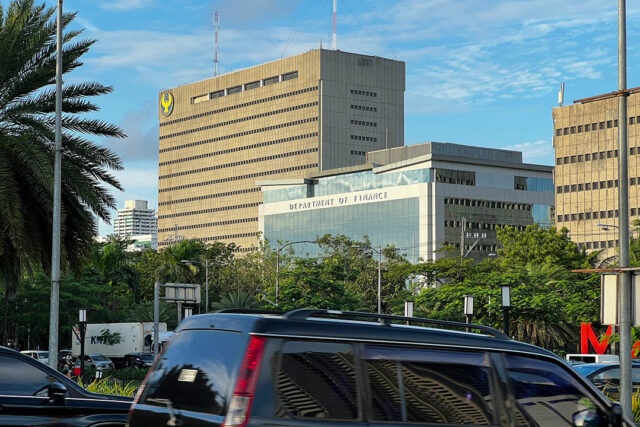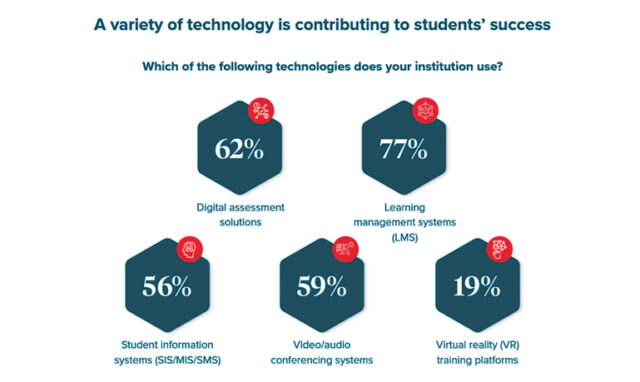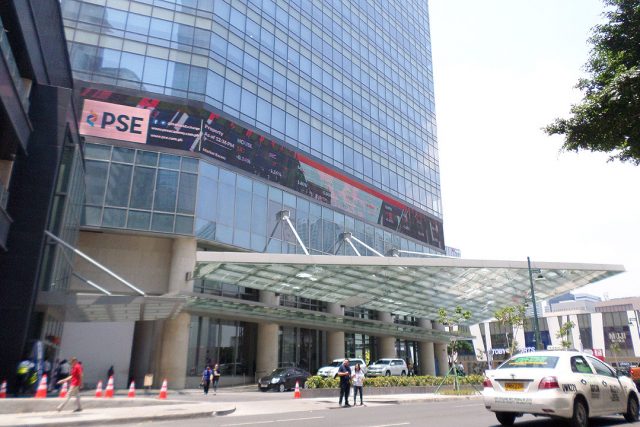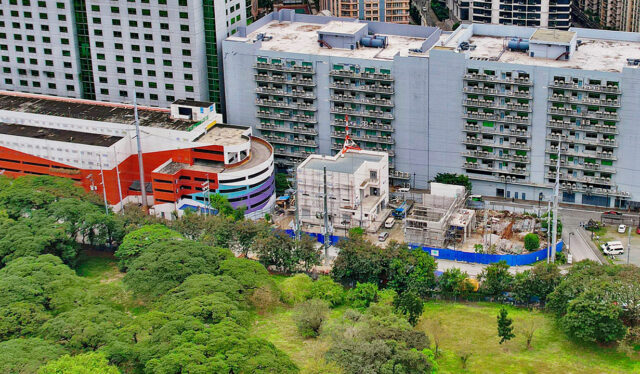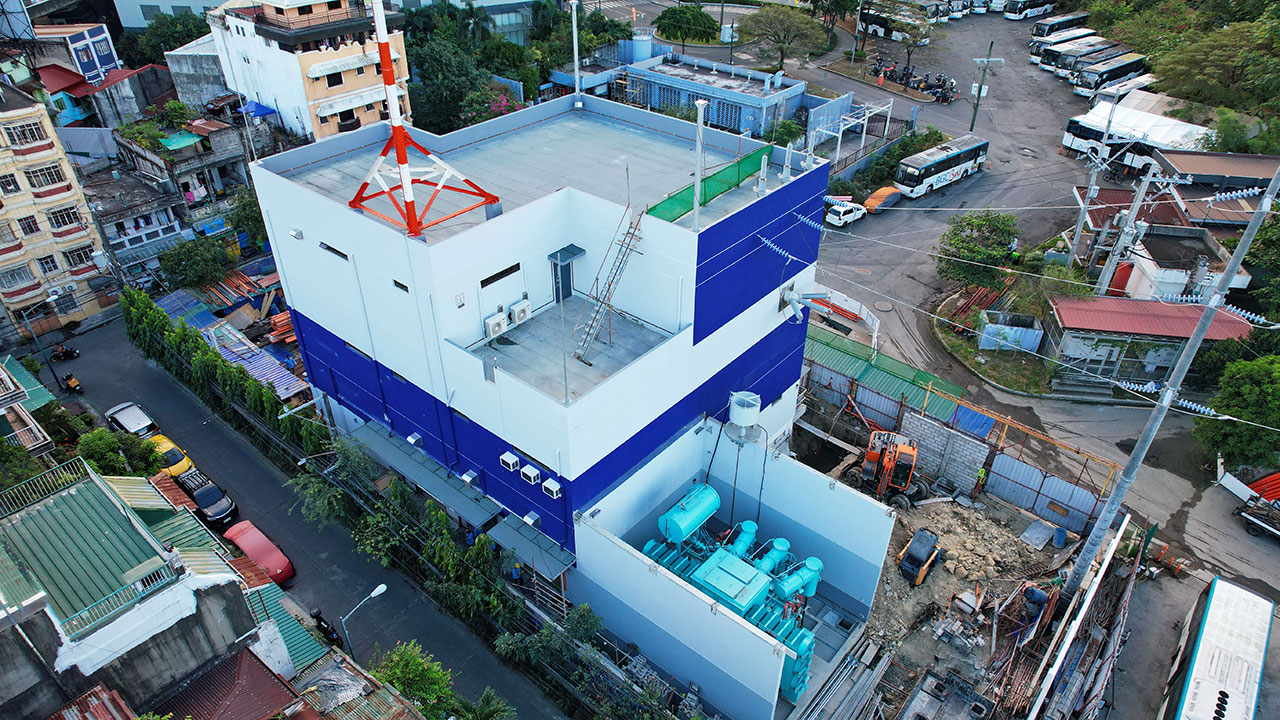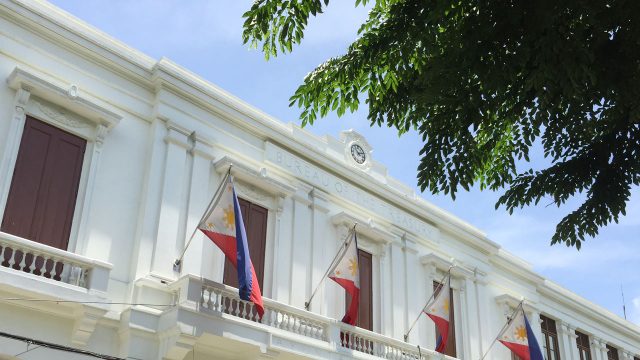Nonmonetary measures needed to address rice inflation as prices may continue to climb
THE AGGRESSIVE rate hikes of the Bangko Sentral ng Pilipinas (BSP) over the past two years have helped stabilize inflation, but nonmonetary measures are still needed, especially as rice prices remain high.
Rice prices continue to be a “serious concern” as this could cause headline inflation to breach the 2-4% target anew in the second quarter, Monetary Board member V. Bruce J. Tolentino said.
“The Philippines produced a record level of rice in the past season. But work on pushing productivity must continue, because there is significant unmet demand for rice, and many are hungry,” he told BusinessWorld in a text message.
Rice production and agricultural productivity must grow faster and surpass the expansion in the population and per capita consumption, he said.
“Increasing productivity is a medium- to long-term effort that requires consistent and faithful effort,” Mr. Tolentino said, adding that the government should invest in scientific research and development for the long term.
Latest data from the Philippine Statistics Authority showed headline inflation eased to 2.8% in January from 3.9% in December and 8.7% in the same month in 2023.
This was the slowest inflation point since the 2.3% seen in October 2020 and was below the 3.1% median estimate in a BusinessWorld poll.
January also marked the second straight month that the consumer price index (CPI) was within the BSP’s 2-4% annual goal following 20 consecutive months of above-target inflation.
The central bank sees headline inflation averaging 3.7% this year, slower than the 6% print in 2023, and easing further to 3.2% in 2025.
Meanwhile, the central bank’s risk-adjusted forecasts show that inflation could settle at 4.2% this year, above the 2-4% target, and could slow to 3.4% in 2025.
The BSP has kept its policy rate unchanged at a 16-year high of 6.5% for two straight meetings since November. This was after it hiked benchmark borrowing costs by a cumulative 450 basis points (bps) from May 2022 to October 2023 to help bring down the CPI.
“I am happy that the monetary policy decisions made over the last year have helped to manage and bring down inflation,” Mr. Tolentino said.
“(But) rice prices continue to be high due to the dynamics of reduced global supplies due to India’s ban on rice exports, plus the emerging impact of fertilizer supply constraints arising from the war in Ukraine,” he added.
In January, rice inflation quickened to 22.6% in January from 19.6% in December. This is the highest rice inflation in nearly 15 years or since 22.9% in March 2009.
Rice was also the biggest contributor to January inflation, adding 1.3 percentage points to the 2.8% headline print. The commodity has the biggest weight in the overall CPI basket at 8.87%.
National Statistician Claire Dennis S. Mapa earlier said the higher rice inflation was due to an increase in prices in the global market and a low base, noting that annual rice inflation may hover at around 20% or even higher until July.
“A key factor in the continuing increases in rice prices is tight domestic stocks, which were not fully replenished because import permits were drastically constrained in 2022 up to mid-2023,” Mr. Tolentino said.
China Banking Corp. Chief Economist Domini S. Velasquez also noted that a large part of January inflation was driven by favorable base effects from last year’s peak.
“Persistent double-digit rice inflation has pushed up our inflation forecast for the year from 3.5% to 3.8%. Rice prices remain on an uptrend and will likely continue to drive inflation in the coming months,” she said.
“Looking ahead, El Niño, which is expected to persist until the second quarter of 2024, could drive up prices. Inward-looking policies of rice exporter nations have also exacerbated global rice prices,” Ms. Velasquez added.
She noted that the government’s rice supply deal with Vietnam could help ensure stable supply of rice. Under a memorandum of understanding signed during President Ferdinand R. Marcos, Jr.’s two-day state visit to Vietnam in January, Hanoi committed to supply 1.5 million to 2 million metric tons of white rice to the Philippines “at a competitive and affordable price” for five years.
Union Bank of the Philippines, Inc. Chief Economist Ruben Carlo O. Asuncion said average inflation may hit 4.1% this year amid high food prices, before easing to 3.8% in 2025.
“As fading base effects meet the impact of the drought in the second quarter, headline inflation is expected to peak in the range of 5% year on year in June-July before tapering off to a low of 3.5% in September,” he said in an e-mail.
Mr. Asuncion said food inflation may spike to above 6% starting in April due to the impact of drought on food supply. It will likely start to go down in August, reaching an annual average of 4.7% for 2024.
Food inflation alone eased to 3.3% in January from 5.5% in the previous month and 11.2% a year ago. It was the slowest since the 2.8% in March 2022. — Keisha B. Ta-asan


